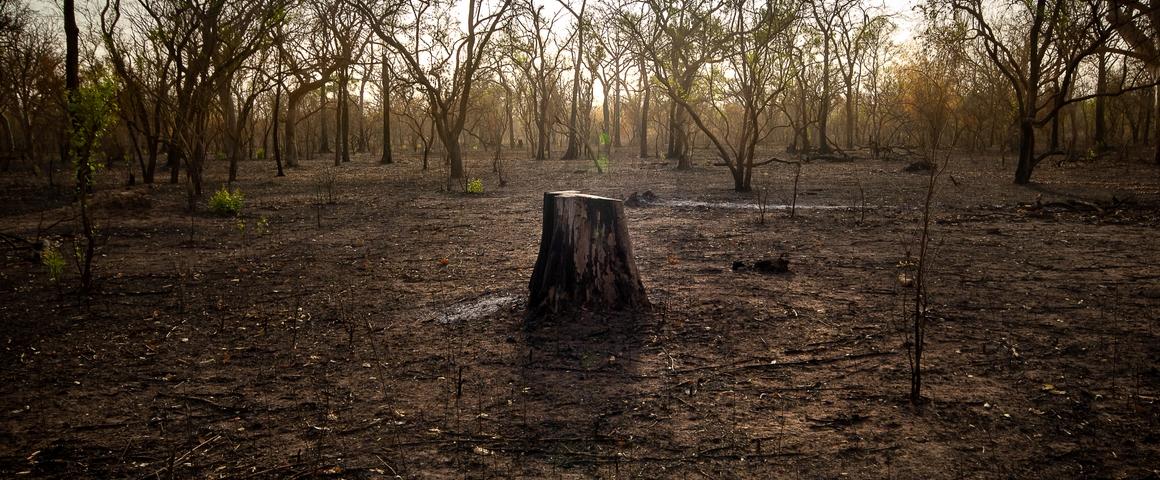Results & impact 10 October 2025
- Home
- Press area
- Press releases
- Biodiversity and preservation of ecosystems
Disturbed or undisturbed ecosystems? Species diversity is key to assessments

The diversity of an ecosystem is key to its preservation, or its disturbance © R. Belmin, CIRAD
“Fluctuations in species are not enough to prove that an ecosystem is threatened. On the contrary, biodiversity itself can generate these variations. We need to rethink certain measurements that determine whether a natural ecosystem is disturbed or undisturbed.”
Matthieu Barbier, an ecologist at CIRAD, has worked with researchers from MIT and Technion, the Israel Institute of Technology, to co-author an important article for the understanding of ecosystems and their variability. The team analysed variations over time in populations of bacteria within microbial ecosystems in a controlled environment. This enabled them to eliminate environmental factors and to observe the specific effect of biodiversity on fluctuations in species. Their findings have been published in the prestigious journal Science.
The three phases in natural ecosystem dynamics
The experiments conducted in a laboratory on 48 species of soil bacteria aimed to control the environment and interspecific competition, in order to show the effect of diversity on species population dynamics. From one to 48 in total, the scientists gradually added new species of bacteria.
As the number of species grew, the complexity of their interactions also increased. In the first phase, where few species were in contact, the ecosystem was stable. In the second phase, the increase in biodiversity and in the intensity of interactions resulted in increased competition and in species extinctions.
Finally, the third phase involved considerable fluctuations and very different compositions from one day to the next, but these changes were not due to any external factor or to any species in particular. In this third phase, there were fewer species extinctions than in the second phase. “The effect is highly collective”, says Matthieu Barbier, “we see lots of different species beginning to fluctuate together”.
A new assessment of ecosystem disturbance
According to the scientists, current measurements to assess the state of ecosystems need to be revised. “Fluctuations cannot be a sufficient indicator of ecosystem disturbance”, says Matthieu Barbier. “They could be due to the number of species and interactions. We can however assume a real disturbance when we observe persistent or increasing fluctuations at the same time as a loss of species and interactions”.
It is now necessary to determine how these natural fluctuations interact with external impacts on an environment: the diversity of an ecosystem could weaken it through these variations or, on the contrary, could enable it to withstand external disturbances. However, a loss of diversity observed at the same time as an increase in fluctuations remains a credible indicator of a serious disturbance: human action, poor health or invasive alien species, for example.
Reference
Jiliang Hu, Daniel R. Amor, Matthieu Barbier, Guy Bunin, Jeff Gore. 2022. Emergent phases of ecological diversity and dynamics mapped in microcosms. Science



























